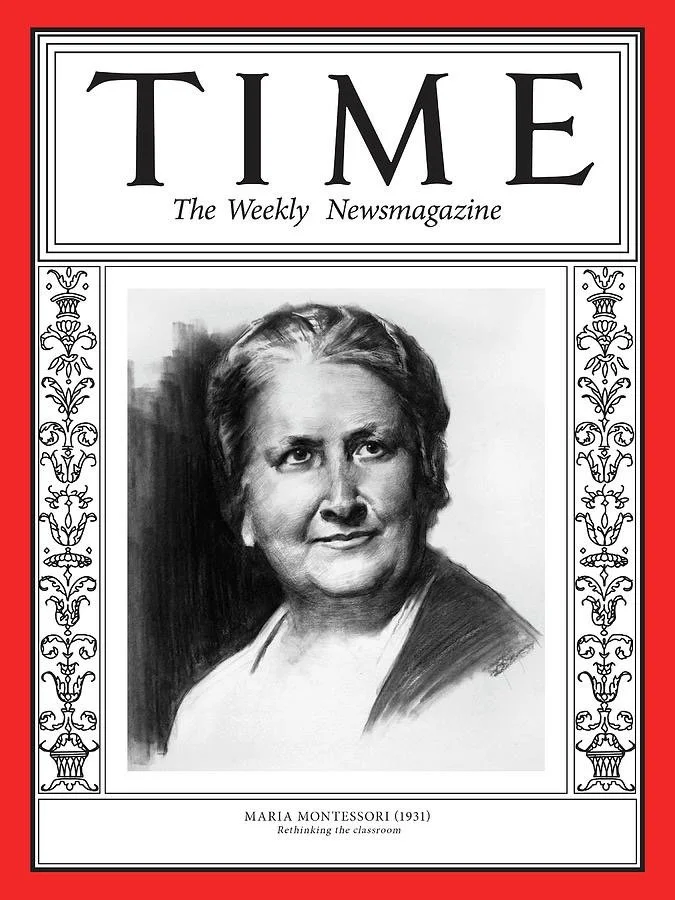Books We Love
-
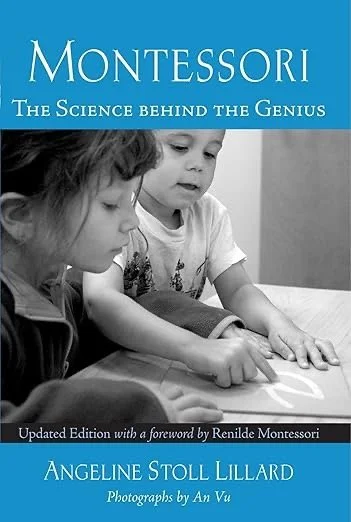
Montessori: The Science Behind the Genius
One hundred years ago, Maria Montessori, the first female physician in Italy, devised a very different method of educating children, based on her observations of how they naturally learn. In Montessori, Angeline Stoll Lillard shows that science has finally caught up with Maria Montessori. Lillard presents the research behind eight insights that are foundations of Montessori education, describing how each of these insights is applied in the Montessori classroom. In reading this book, parents and teachers alike will develop a clear understanding of what happens in a Montessori classroom and, more important, why it happens and why it works.
-
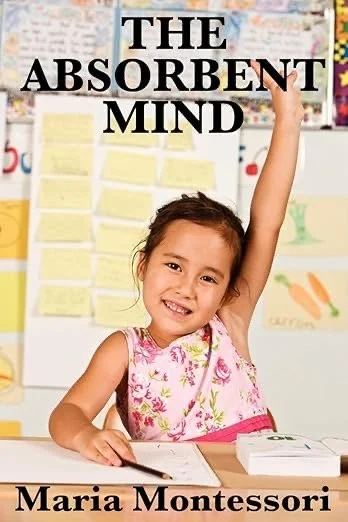
The Absorbent Mind
The Absorbent Mind was Maria Montessori's most in-depth work on her educational theory, based on decades of scientific observation of children. Her view on children and their absorbent minds was a landmark departure from the educational model at the time. This book helped start a revolution in education. Since this book first appeared there have been both cognitive and neurological studies that have confirmed what Maria Montessori knew decades ago.
-
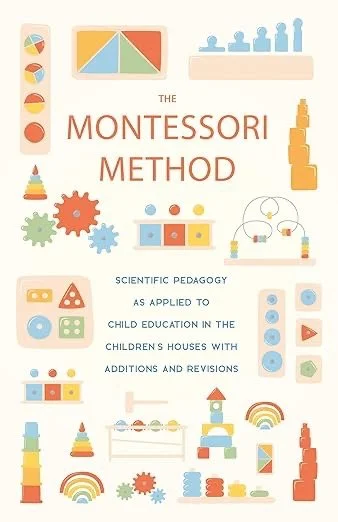
The Montessori Method: A Scientific Pedagogy
The Montessori Method is an all-encompassing introduction to Dr. Montessori’s popular alternative approach to educating and nurturing children as they develop, written by the Italian physician.
The Montessori teaching method focuses on a child’s natural abilities and interests, and encourages hands-on learning. Removing the formality of traditional elements of education, such as examinations, Dr. Montessori’s approach to teaching gives children the opportunity to learn from their mistakes and develop at their own pace. First published in 1912 and featuring original illustrations, this introduction to the method is clear and simple, making it an ideal read for teachers and parents alike.
“Children have an absorbent mind. They absorb knowledge from the environment without fatigue. [...] This is the moment in the life of man when we can do something for the betterment of humanity and further brotherhood.”
— Maria Montessori
The 1946 London Lectures, p. 150
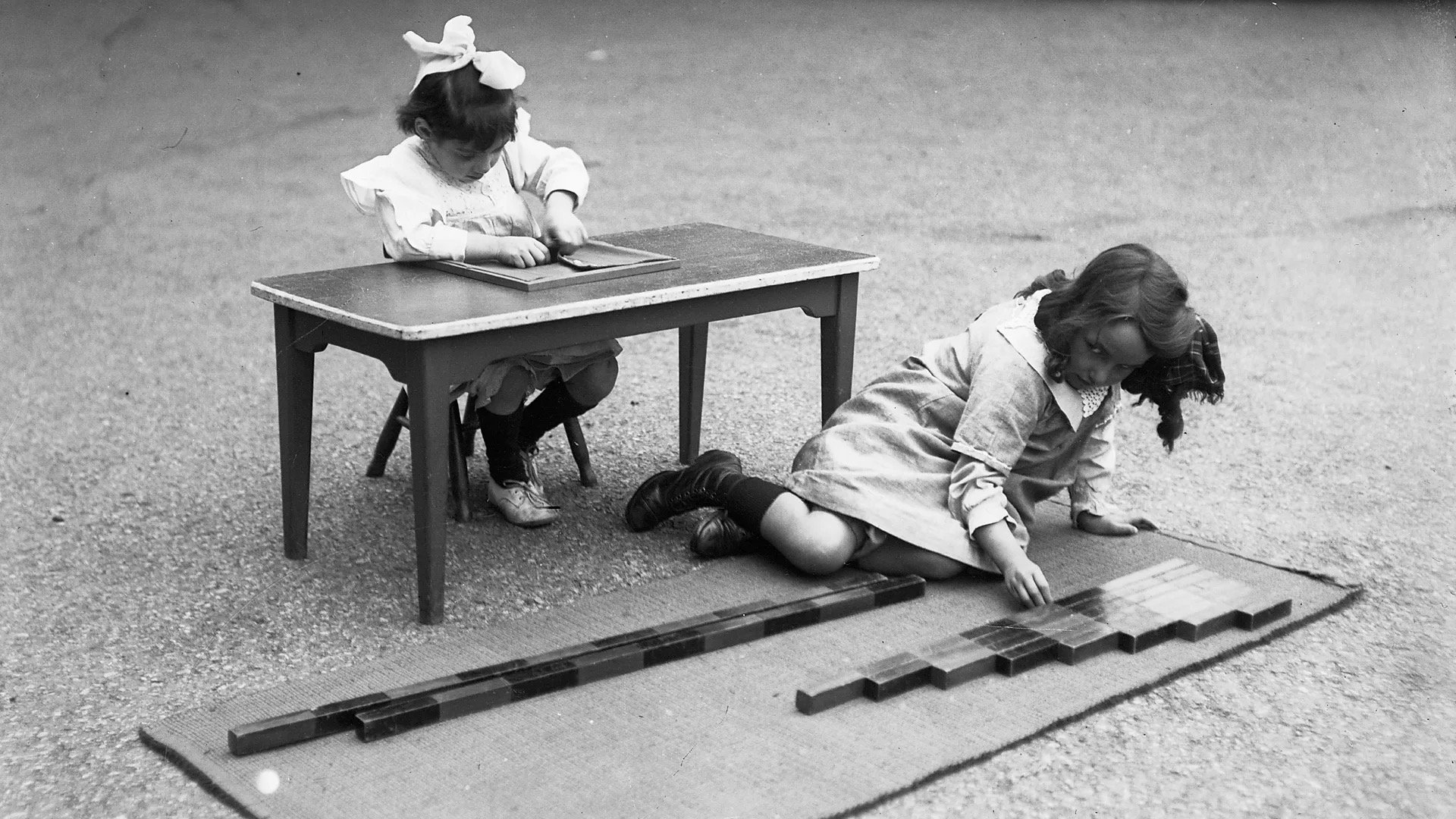
Helpful Articles
What do the cook Julia Child, the novelist Gabriel García Márquez, the singer Taylor Swift, and Google's founders Larry Page and Sergey Brin all have in common?
The answer: they all attended Montessori schools as young children.
But, does the Montessori Method Actually Work?
Tech geniuses, nation builders and famous artists have praised the benefits of a Montessori education – but does it hold up to scientific scrutiny? BBC’s David Robson and Alessia Franco investigate.

